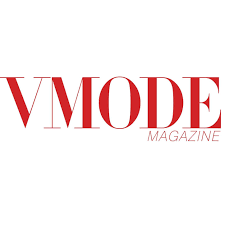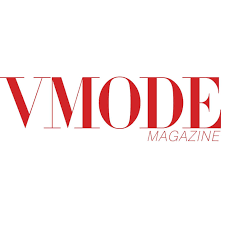Conveyor Chains are designed to transport materials and products within manufacturing and logistics environments. The demand for conveyor chains is increasing due to the rise in automation and the need for efficient production processes. These chains are essential for various applications, including assembly lines, packaging, and distribution, enabling smooth and continuous material flow.
The industrial chain market plays a pivotal role in the global manufacturing and mechanical sectors. Industrial chains are essential components used in conveying systems, lifting applications, agricultural machinery, and various industrial operations. The market has witnessed consistent growth due to the increasing adoption of automation, advancements in material technology, and rising demand from end-use industries such as automotive, construction, and logistics. Industrial chains provide durability, high strength, and reliability, making them indispensable in heavy-duty applications.
Market Dynamics
The growth of the industrial chain market is primarily driven by the expansion of industrial automation and the rising need for efficient material handling systems. In manufacturing plants, industrial chains ensure seamless operations, reduce manual labor, and increase productivity. Additionally, the adoption of energy-efficient and corrosion-resistant chains has expanded their application in industries that operate in harsh environments, including mining and marine sectors. Moreover, technological innovations, such as chains with enhanced tensile strength and reduced wear, are boosting market demand.
Types of Industrial Chains
Industrial chains can be categorized based on their structure and application. Roller chains, conveyor chains, leaf chains, and silent chains are among the most widely used types. Roller chains are commonly employed in power transmission, whereas conveyor chains are used in production lines and assembly operations. Leaf chains are ideal for lifting heavy loads in forklifts and cranes, while silent chains are used in high-speed and low-noise applications. The selection of a chain type depends on the operational requirements, load capacity, and environmental conditions.
Application Areas
The industrial chain market serves multiple sectors. The automotive industry is a significant consumer due to its need for reliable transmission chains in engines and assembly lines. The construction sector employs chains in lifting and transporting heavy materials. The food and beverage industry uses stainless steel chains for hygienic and corrosion-resistant conveying solutions. Additionally, sectors such as mining, logistics, and agriculture rely heavily on industrial chains for efficient material handling, load-bearing, and operational safety.
Regional Insights
Geographically, Asia-Pacific dominates the industrial chain market due to the presence of large manufacturing hubs in countries like China, India, and Japan. Europe and North America maintain a strong market presence, primarily driven by high-end applications in automotive, aerospace, and industrial machinery. The Middle East and Africa are emerging markets, with demand fueled by infrastructure projects and industrial modernization initiatives.
Challenges and Opportunities
Despite its growth, the industrial chain market faces challenges such as fluctuating raw material costs and competition from alternative technologies like belt drives. However, opportunities exist in customized chain solutions, lightweight chains for energy-efficient applications, and digital integration in chain monitoring systems. Companies focusing on durability, material innovation, and supply chain efficiency are likely to gain a competitive advantage.
Conclusion
The industrial chain market is poised for steady growth due to technological innovations, expanding industrial automation, and increasing demand from end-use sectors. Companies investing in research and development, quality enhancements, and regional expansion are expected to strengthen their market position. As industries continue to evolve and prioritize operational efficiency, industrial chains will remain a critical component of industrial infrastructure.
FAQs
Q1: What industries use industrial chains the most?
A1: Automotive, construction, food processing, logistics, and mining industries are the primary users of industrial chains.
Q2: What are the main types of industrial chains?
A2: Roller chains, conveyor chains, leaf chains, and silent chains are commonly used types.
Q3: What factors drive the industrial chain market growth?
A3: Technological innovations, industrial automation, durability improvements, and growing demand from end-use industries drive market growth.
Soldering Equipment Market Trends


